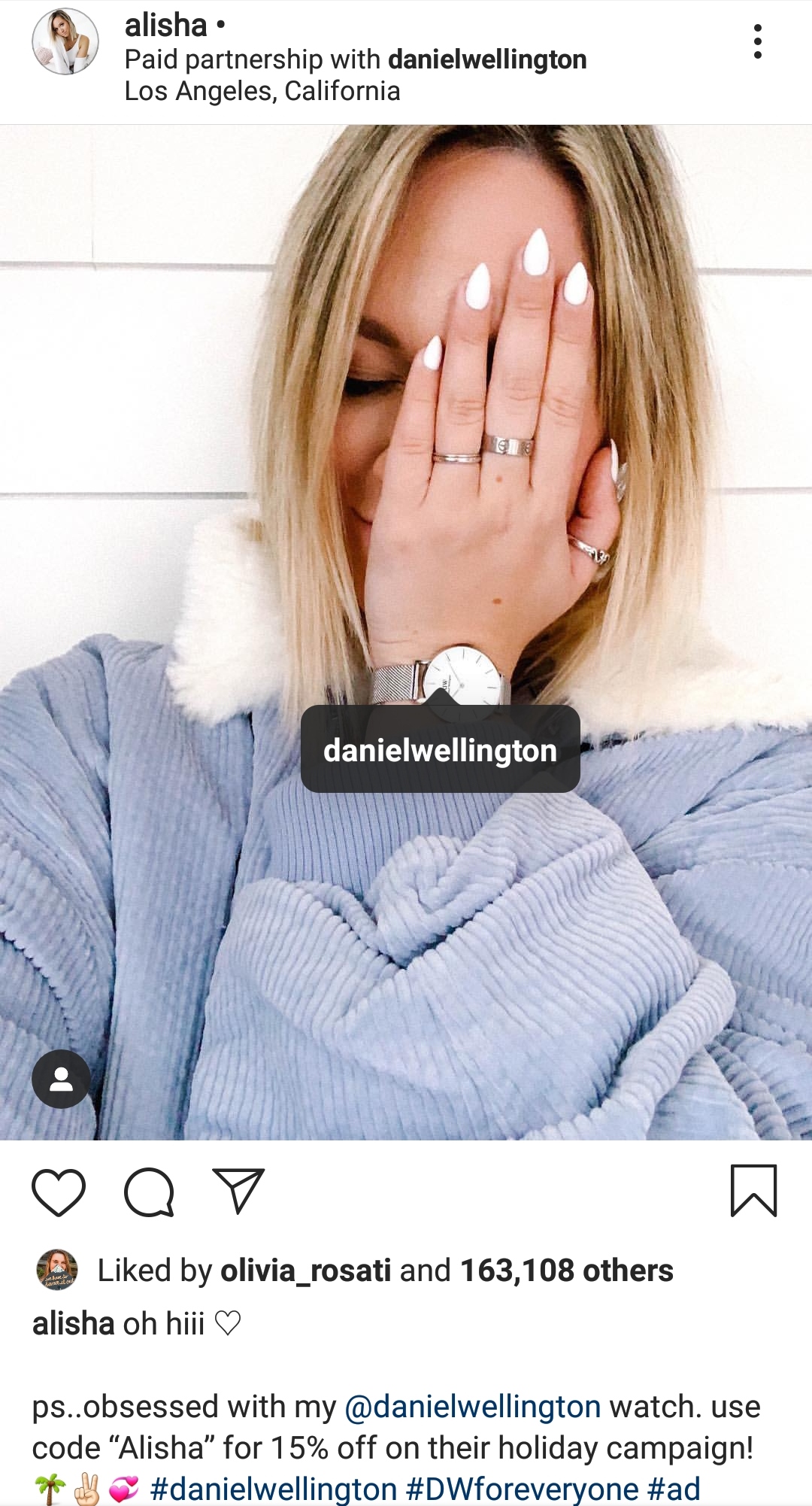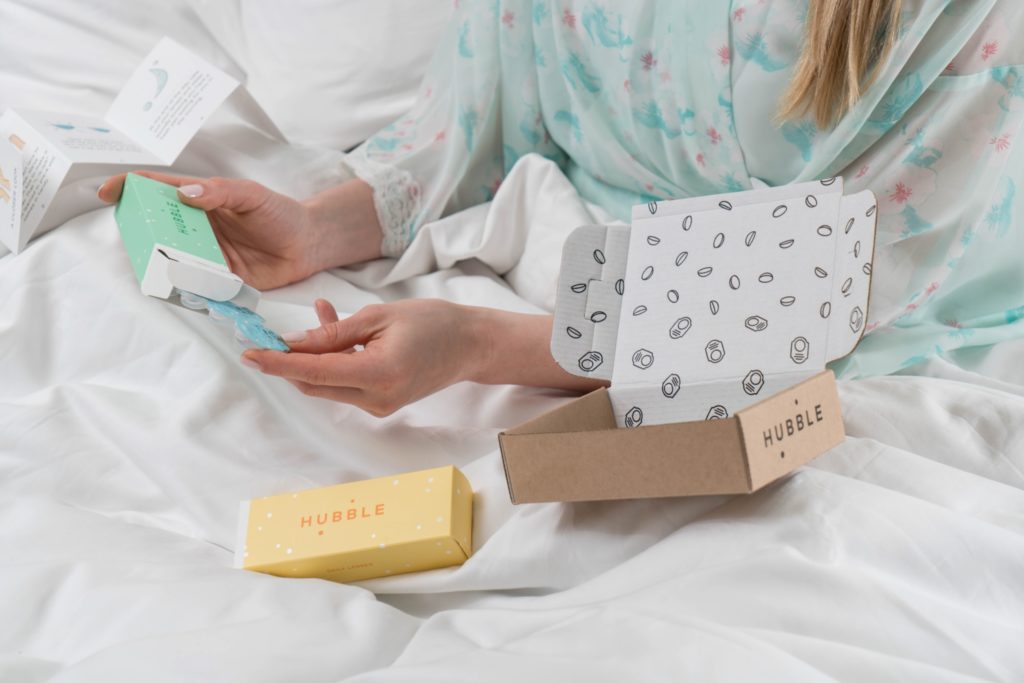As a college student, a little extra cash flow is appreciated. If you’re into writing and aren’t afraid to put your thoughts out there for the web, blogging can serve as your creative outlet. If you prefer snapping pics, start a photography blog. This side hustle can bring in some of that extra moolah, and the best part is you don’t have to leave your dorm. It may take you a while to build up some cred but following these 10 steps will turn your posts into dollars.
Read on to learn the 10 tricks that will help you make money blogging.
1. Build your ride or die following

Know who you want your blog to be for? Is it for vegan foodies or alternative music lovers? Crafters or sports enthusiasts? The Office binge-watchers or 18th century poetry? Whatever your passion is, you can make others passionate about it too. Nowadays you want to tap into niche markets and build upon them. “I realized I was writing about abusive relationships, eating disorders, my relationship with God, social justice topics and equality in order to get through the hell I watched unfold during the 2016 election. While writing to escape, I remembered there’s a ton of people out there probably searching for an escape, hope, emotional shelter, peace and some laughter,” blogger Emily Sharp Lawrence said. Find people with similar demographics or interests via word of mouth, clubs and social media groups and get their attention. Once you find them, hook on to them and make them want to stay.
2. Promote on everything

Once you have your loyal following, share your blog everywhere. Don’t just leave a link in your bio, link actual posts to relevant Facebook groups or tell your school’s clubs to check you out. Don’t rely solely on those who click on your profile because that won’t reach a wide enough audience. Also contact your personal connections like coworkers, friends and family. “My first purpose for my travel/photography blog was to inform my family about my travels abroad, but then I completely changed my website platform and began expanding my audience by promoting my website on Instagram, Facebook, Snapchat and Twitter to reach my desired audiences,” travel photography blogger Nic Cicio said. Cicio started his blog a couple months ago but since promoting to his friends, his views increased 46 percent from last month. He also switched his Instagram account to a “Personal Blog” account so he sees analytics from his profile interaction which helps knowing his audience. You don’t want to lose the following you took so long to build, so consistently provide content and make everyone have FOMO about your posts.
3. Advertise like there’s no tomorrow

This is probably the first thing that comes to mind when making money off your blog. Advertising consists of many things from banner and pop up ads to name-dropping brands with affiliate links. Depending on the blog site you use these options can differ. Blogger allows users to sign up for AdSense, which allows ads to be shown throughout your blog. If you meet the requirements, you’ll be able to check out your earnings form this. WordPress has a similar program called WordAds which features ads from Google, Facebook and more. Again, you’ll have to reach a certain requirement by having a certain follower count or purchase a plan from them. If you have a lot of traffic this would be more effective because of the amount of traffic.
4. Partner with brands

When your blog becomes big enough, brands may approach you to promote their product. You know how almost anyone associated in the women’s beauty community talks endlessly about FabFitFun boxes? That’s not a mistake. Brands realize the potential profit from that niche market and simply seek out those influencers. You can even score deals with big name brands like Amazon and Sharpie. If companies don’t reach out to you, don’t be afraid to contact them. Send them an email and mention you blog, who your audience is and how they could benefit from your partnership. You’ll find that not every brand will be beneficial for your readers, so know exactly what your audience will engage with.
5. Sponsored giveaways

Who doesn’t love free stuff? You benefit from the giveaway with increased exposure and you don’t pay for the prize. In return, the company expands their brand to new audiences, aka your following, in hopes they become future customers. If the brands are relevant to your readers’ interests, they’ll be willing to sign up for their mailing list. Items can range from watches to makeup. For example, when brands like Colourpop and Maybelline launch new collections, their PR packages are sent to everyone involved in the beauty community. Gurus usually give that stuff away because they have enough makeup to last a lifetime and want to treat their followers. Spoiling your readers from time to time gets them excited about you and what you’ll do next.
6. Paid Reviews

Once you have a consistent following, brands will pay you to review and feature their products. These products can range from Hello Fresh meals to Fashion Nova biker shorts. All you have to do is show yourself using the product. Make sure you flaunt the product by having the perfect lighting and angles. The review should be genuine, despite the name of the brand. It helps to like the product because your followers trust you’ll show them cool stuff. “I used to mind sponsored content when I thought of advertising as only monetizing incentives. Now I’m pretty open to everything. It’s all about how natural the ads can be incorporated to the content itself, making it less about money and more about positive purposes that can somehow resonate with a wide range of audience,” said Jon Doe. Sometimes the brand will give you an affiliate code for your readers to use for a discounted purchase. They’ll appreciate this as much as you.
7. Affiliate links

Affiliate links are unique web addresses a company will give you to offer your readers to click. In a sponsored post you could provide the link that takes them to the company’s site. For example, if you post about a travel experience, link TripAdvisor recommendations to earn some credit from those clicks. “As soon as I receive a larger audience, I would like to monetize my blog through advertising and promoting hotels or destinations,” said Cicio. Some of the time the company provides an incentive such as free shipping. That purchase then goes towards your commission. These connections add to your value and identity which establishes you in your market.
8. Take advantage of donations

Companies like Wikipedia use donations to maintain their site. This method is most effective when there is no other source of advertising on your blog. It shows your dedication to your site and you’re willing to keep it 100 percent authentic. One way to go about this is adding a PayPal button to your site. There’s no initial cost to set it up, but you get charged a small fee depending on your donations. Your following is willing to help you out, even if it’s just your family and friends donating. As your reader counts grow, so do the chances of getting more donations. If your readers know donations help maintain the content they love, their willingness to pay to keep it going will surprise you.
9. Sell yourself

If you prefer to keep your blog ad-free there are other ways to make some money. Sell yourself. Do you have a service you can offer your readers? Why not compile those recipes you make into a cookbook and sell it for download? Since you have the hang of social media, create webinars to spill your secrets. You can create your own products. Bloggers go to the extent of creating their own merchandise with t-shirts and bags. Aimee Song from Song of Style writes about travel and beauty to everything in between. She has blogged for over ten years and just recently started her own clothing brand. You know what your audience likes, so create something you think will be beneficial to them.
10. Keep it natural

Readers can tell when a post is sponsored or not, so it’s best to keep everything transparent. Let them know when a post is sponsored by throwing a disclaimer at the end of the post. Your following will understand you want to make some money too. “I don’t mind if I have to scroll through tons of ads to read, however I definitely wish there weren’t so many ads, especially if placed after each paragraph. It’s really an eyesore and distracting,” said Katherine Genuino. But you don’t want to go overboard with the ads either, especially if the companies have little to do with your own brand. Constantly reminding them about that free 30-day Audiobook trial sounds forced. To avoid coming off as spam and turning readers away, make sure to carefully select your associations. If you blog about Broadway theater, it doesn’t make sense to promote a bedding company. Remember why you started the blog in the first place and always keep the readers in mind.



















